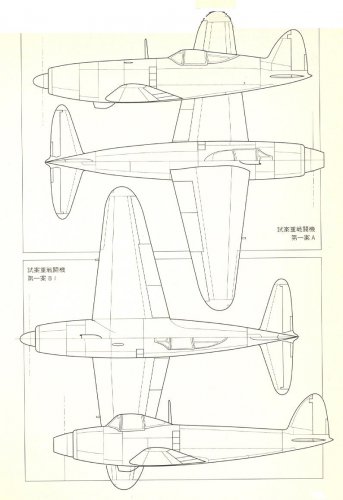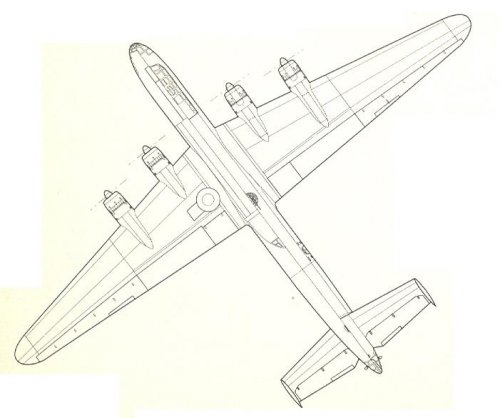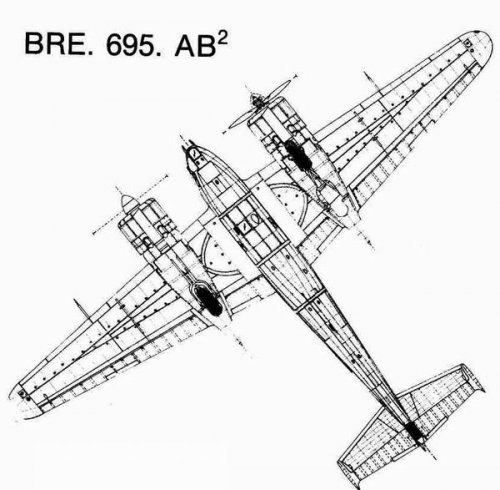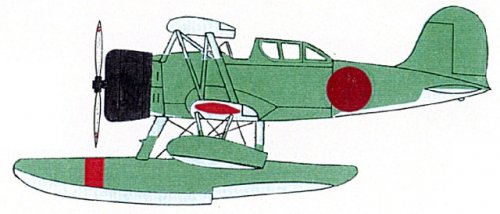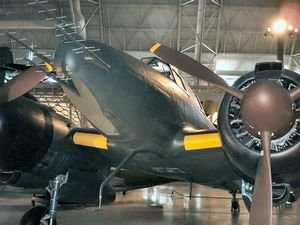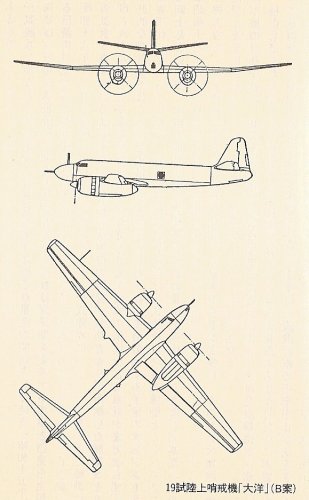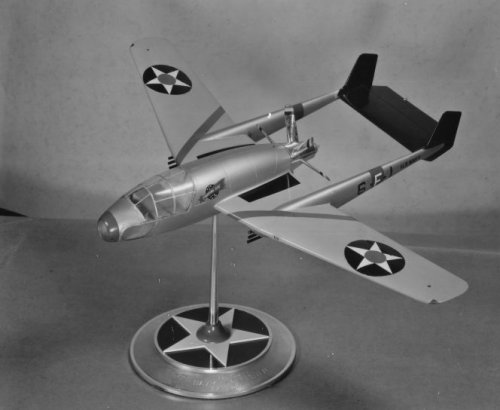Thanks Ed!
I begin to post the abstract of "Super large bomber Fugaku(富嶽)'s engine(1)"
In the middle of 1942, after the lost of Midway battle, Chikuhei Nakajima(中島知久平), the founder of Nakajima Aircraft, planned grand idea which was to attack U.S. military manufacture to protect bombing to Japanese Archipelago.
According to this idea, he offered to IJA and IJN to develop and manufacture super large plane which surpass B-29.
At first, he decided to develop this aircraft by Nakajima Aircraft's private venture(called as Z plane) in January 1943,because IJA and IJN did not understand this big idea. ;D Also he persuaded IJA and IJN to realize this plane. Finally IJA and IJN agreed this plan in February 1944, selected him as s project manager and named this aircraft as Fugaku(old name of Mt.Fuji).
Fugaku's specification was as follows.
Wing span:65m, Overall length:45m, Wing area:350m2, MTOW:160ton, Engine power:30,000HP(5,000HP × 6), Max speed:680km/h, Range:16,000km with 20 ton bomb.
Fugaku's engine was Nakajima HA54(called as BZ in Nakajima) aircooling 4 array radial 36 cylinders(18 cylinders ×2), cylinder diameter:146mm, stroke:160mm, 96.4L, with 3 stage mechanical super charger, cowling outer diameter:1,550mm, Overall length:3,581mm, Dry weight:2,450kg,
5,000HP in take off(2,800rpm), 4,040HP in 6,300m(2,800rpm)
The chief engineer of HA54 was Kiyoshi Tanaka(田中清史),who had the carrier of Mamoru(護) engine chief engineer,the largest engine that Nakajima ever built.(double 14 cylinder air cooling engine).HA54 design team was consisted of 50 engineers.
There were many plan for Fugaku as project proceeded.
Attached drawing was Nakajima Z plane in spring 1943.

